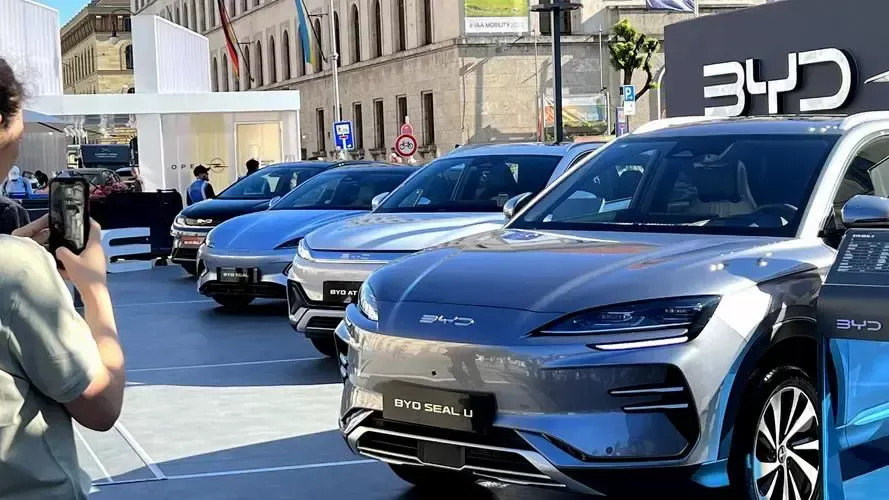In the past two months, many car manufacturers have successively disclosed their financial reports and relevant data for the first half of 2024. As a leader in China’s new energy vehicle (NEV) sector and the world's top NEV manufacturer by sales, BYD has continued to consolidate its leading position, clinching the title of top-selling Chinese automobile brand for the first half of the year through its fully electrified lineup. This top-selling status not only applies to domestic brands but also surpasses all joint-venture brands and companies.
However, in contrast to its outstanding sales performance, BYD's per-car profit does not place it among the top performers. According to its financial report, BYD’s per-car profit stands at only 8.450 yuan (about $1.160), a figure that does not rank among the top three Chinese automobile brands and is far below that of foreign brands.
Many people claim that BYD's profitability per vehicle is weak, but in reality, this is a deliberate choice by the company. For a long time, China’s automobile market has been dominated by joint-venture brands. Even in the new energy era, traditional internal combustion engine vehicles from joint ventures still hold more than half of the household market, controlling the conversation. Despite the fierce price wars these brands engage in, especially at the high end, their profit margins still exceed those of domestic automakers.

Against this backdrop, BYD has adopted a low-margin, high-volume strategy. On the one hand, BYD continuously lowers the technological threshold for new energy vehicles, selling them at more affordable prices so that more consumers can enjoy the benefits of NEV technology. On the other hand, BYD consistently enhances its core technological capabilities, expanding access to technological advancements through persistent, cost-irrelevant R&D investment.
Take R&D, for example, which is critical to NEVs. According to its financial reports, BYD has earned a reputation as a “technology maniac” and a “king of R&D.” In just the first half of this year, BYD’s R&D expenses reached 19.62 billion yuan, making it the highest spender on R&D among the more than 5.300 A-share listed companies. Moreover, over the past 14 years, BYD’s cumulative R&D investment has reached a staggering 150 billion yuan. In 13 of those years, the company’s R&D spending exceeded its net profit, and there have even been years when its R&D expenditure was several times greater than its net income. In other words, during its years of deep investment in the NEV sector, BYD not only committed heavily to R&D, but also maintained its technological drive despite low per-car profits, even continuing to invest in technology at the expense of profitability. This explains why BYD has been able to achieve both technological breakthroughs and product sales success over the past few years.

In addition to the benefits of R&D, BYD has also optimized cost control in various ways. On one hand, BYD has capitalized on falling prices of upstream lithium battery materials to actively reduce costs and improve efficiency, passing these savings on to consumers. On the other hand, its ongoing technological advancements have led to improvements in product design, manufacturing processes, and operational management, further lowering the overall production and manufacturing costs of its vehicles through economies of scale.
It’s clear that BYD’s continued investment in R&D has resulted in numerous advanced technologies and high-quality products. By leveraging domestic resource advantages and strategic product alignment, BYD has not only fortified its technological moat but also broken into—and even dismantled—the market strongholds once dominated by joint-venture car brands. BYD has captured the low, mid, and high-end markets alike. In particular, it has disrupted the high-end segment long monopolized by joint-venture brands, driving down prices and reshaping the profit distribution structure in China’s auto market. This has effectively marked the end of the era of exorbitant profits in the automobile industry.






